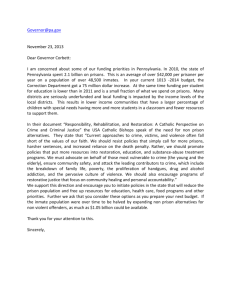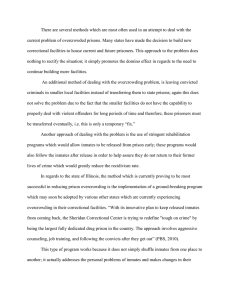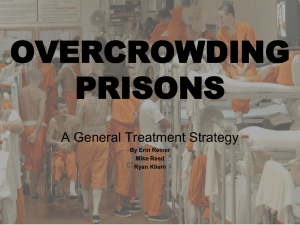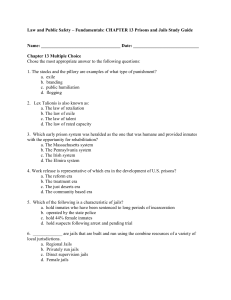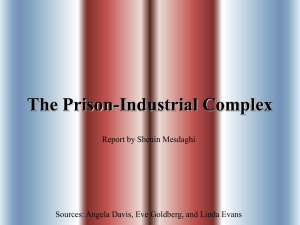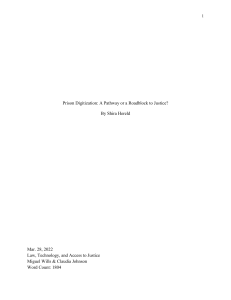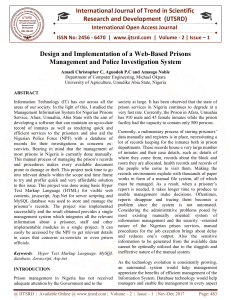The Crime of Punishment, New York Times Editorial
advertisement
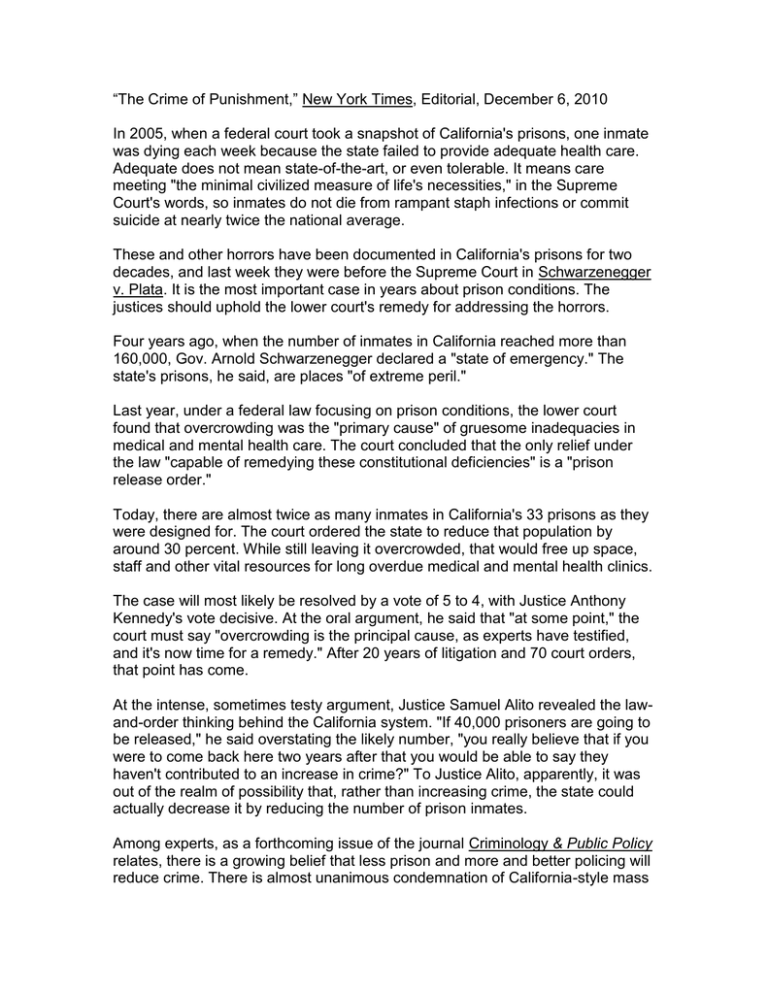
“The Crime of Punishment,” New York Times, Editorial, December 6, 2010 In 2005, when a federal court took a snapshot of California's prisons, one inmate was dying each week because the state failed to provide adequate health care. Adequate does not mean state-of-the-art, or even tolerable. It means care meeting "the minimal civilized measure of life's necessities," in the Supreme Court's words, so inmates do not die from rampant staph infections or commit suicide at nearly twice the national average. These and other horrors have been documented in California's prisons for two decades, and last week they were before the Supreme Court in Schwarzenegger v. Plata. It is the most important case in years about prison conditions. The justices should uphold the lower court's remedy for addressing the horrors. Four years ago, when the number of inmates in California reached more than 160,000, Gov. Arnold Schwarzenegger declared a "state of emergency." The state's prisons, he said, are places "of extreme peril." Last year, under a federal law focusing on prison conditions, the lower court found that overcrowding was the "primary cause" of gruesome inadequacies in medical and mental health care. The court concluded that the only relief under the law "capable of remedying these constitutional deficiencies" is a "prison release order." Today, there are almost twice as many inmates in California's 33 prisons as they were designed for. The court ordered the state to reduce that population by around 30 percent. While still leaving it overcrowded, that would free up space, staff and other vital resources for long overdue medical and mental health clinics. The case will most likely be resolved by a vote of 5 to 4, with Justice Anthony Kennedy's vote decisive. At the oral argument, he said that "at some point," the court must say "overcrowding is the principal cause, as experts have testified, and it's now time for a remedy." After 20 years of litigation and 70 court orders, that point has come. At the intense, sometimes testy argument, Justice Samuel Alito revealed the lawand-order thinking behind the California system. "If 40,000 prisoners are going to be released," he said overstating the likely number, "you really believe that if you were to come back here two years after that you would be able to say they haven't contributed to an increase in crime?" To Justice Alito, apparently, it was out of the realm of possibility that, rather than increasing crime, the state could actually decrease it by reducing the number of prison inmates. Among experts, as a forthcoming issue of the journal Criminology & Public Policy relates, there is a growing belief that less prison and more and better policing will reduce crime. There is almost unanimous condemnation of California-style mass incarceration, which has led to no reduction in serious crime and has turned many inmates into habitual criminals. America's prison system is now studied largely because of its failure – the result of an expensive approach to criminal justice shaped by fear-driven ideology. California's prisons embody this overwhelming failure.
